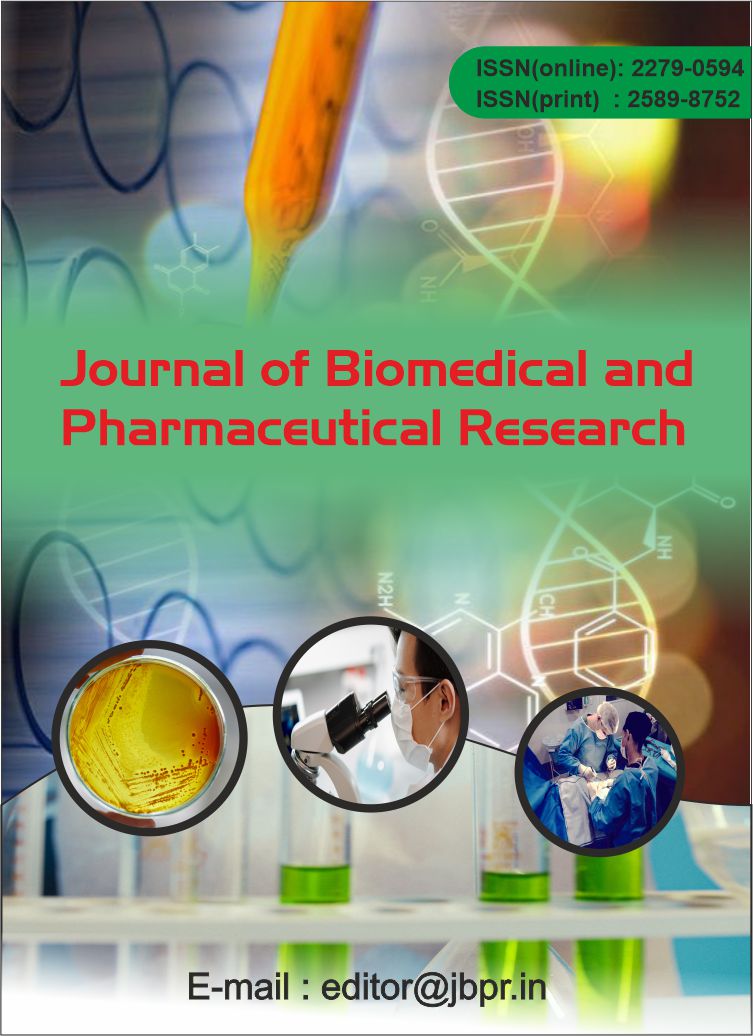A STUDY TO ASSESS THE PEAK EXPIRATORY FLOW RATE IN NEPALESE POPULATION INVOLVED IN TAILORING OCCUPATION
Abstract
Tailoring is one of the major occupations adopted by skilled people with lower socioeconomic status and education level. Tailors are unaware of chronic cloth dust exposure and its harmful effect on their respiratory system. The influence of chronic cloth dust exposure on respiratory system of tailors was assessed by measurement of peak expiratory flow rate (PEFR). The study included 30 healthy male tailors with mean age 35.07± 4.95 years and 30 healthy male volunteers with age 34.20±3.94 years. Anthropometric measurements (height, age, weight and BMI) were measured for each subject. Cardio-respiratory variables (SBP, DBP, PR, RR and PEFR) were also measured. Data were analyzed and compared between both subject groups using unpaired t - test setting the significance level at 0.05 (p≤0.05). Age, weight, height, body mass index (BMI), pulse rate (PR), systolic blood pressure (SBP), diastolic blood pressure (DBP) and respiratory rate (RR) were not significantly different between tailors and healthy volunteers whereas peak expiratory flow rate was significantly (p<0.05) lower in tailors in comparison to healthy volunteers. Asymptomatic tailors chronically exposed to cloth dust in the present study may have subclinical expiratory function impairment of the respiratory system. It suggests a study on a large number of study populations to explore the cause of expiratory function impairment so that appropriate safety measures may be suggested. Key words: Pulmonary function, peak expiratory flow rate, cotton dust, COPD.
![]() Journal of Biomedical and Pharmaceutical Research by Articles is licensed under a Creative Commons Attribution 4.0 International License.
Journal of Biomedical and Pharmaceutical Research by Articles is licensed under a Creative Commons Attribution 4.0 International License.





